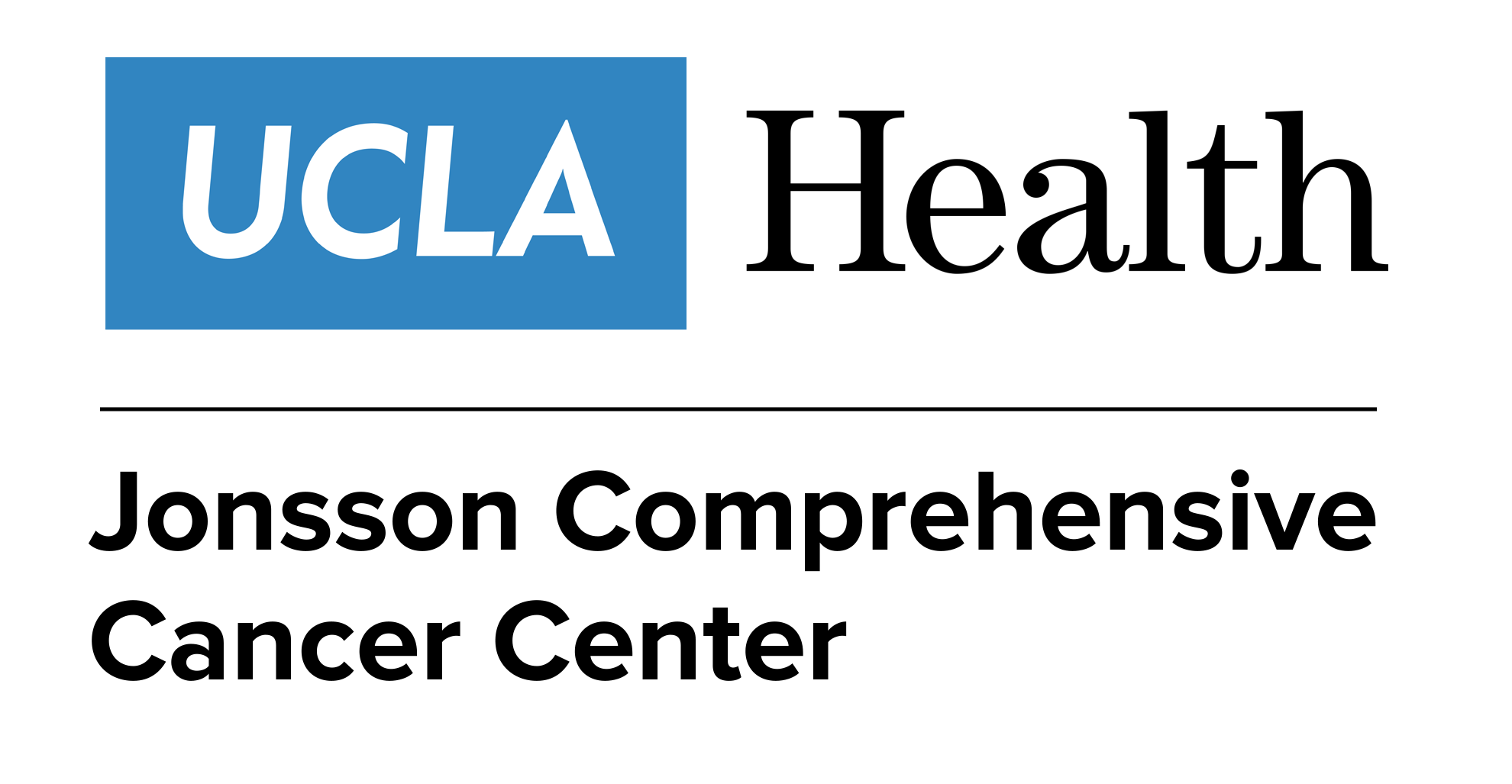- Advertise
- About OncLive
- Editorial Board
- MJH Life Sciences brands
- Contact Us
- Privacy
- Terms & Conditions
- Do Not Sell My Information
2 Clarke Drive
Suite 100
Cranbury, NJ 08512
© 2025 MJH Life Sciences™ and OncLive - Clinical Oncology News, Cancer Expert Insights. All rights reserved.
Dr. Schiller on JAK Inhibitors in Myelofibrosis
Gary J. Schiller, MD, discusses the benefits and challenges associated with JAK-directed therapies in the treatment of patients with myelofibrosis.
Gary J. Schiller, MD, professor-in-residence, Department of Medicine, Hematology/Oncology, David Geffen School of Medicine, University of California, Los Angeles, discusses the benefits and challenges associated with JAK-directed therapies in the treatment of patients with myelofibrosis.
The most common mutation in myelofibrosis is found in JAK2, and most therapeutic options are directed against the JAK-STAT pathway, Schiller says. However, JAK2 mutations are not observed in all cases of myelofibrosis and there is uncertainty on the clonal advantage that is provided during hematopoiesis, Schiller explains.
There may be a therapeutic benefit to targeting JAK1 along with JAK2, but doing so can contribute to the adverse event profile, Schiller continues. Despite potential limitations, emerging therapies such as momelotinib and pacritinib (Vonjo) aim to target the JAK-STAT pathway, Schiller concludes.


